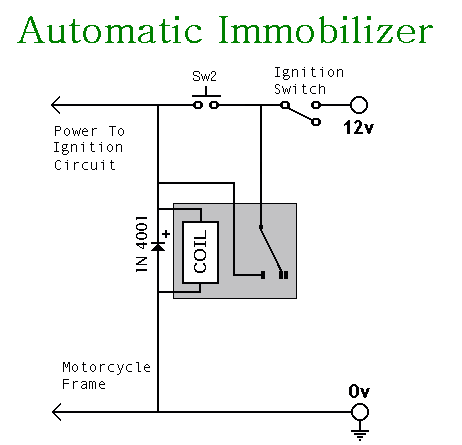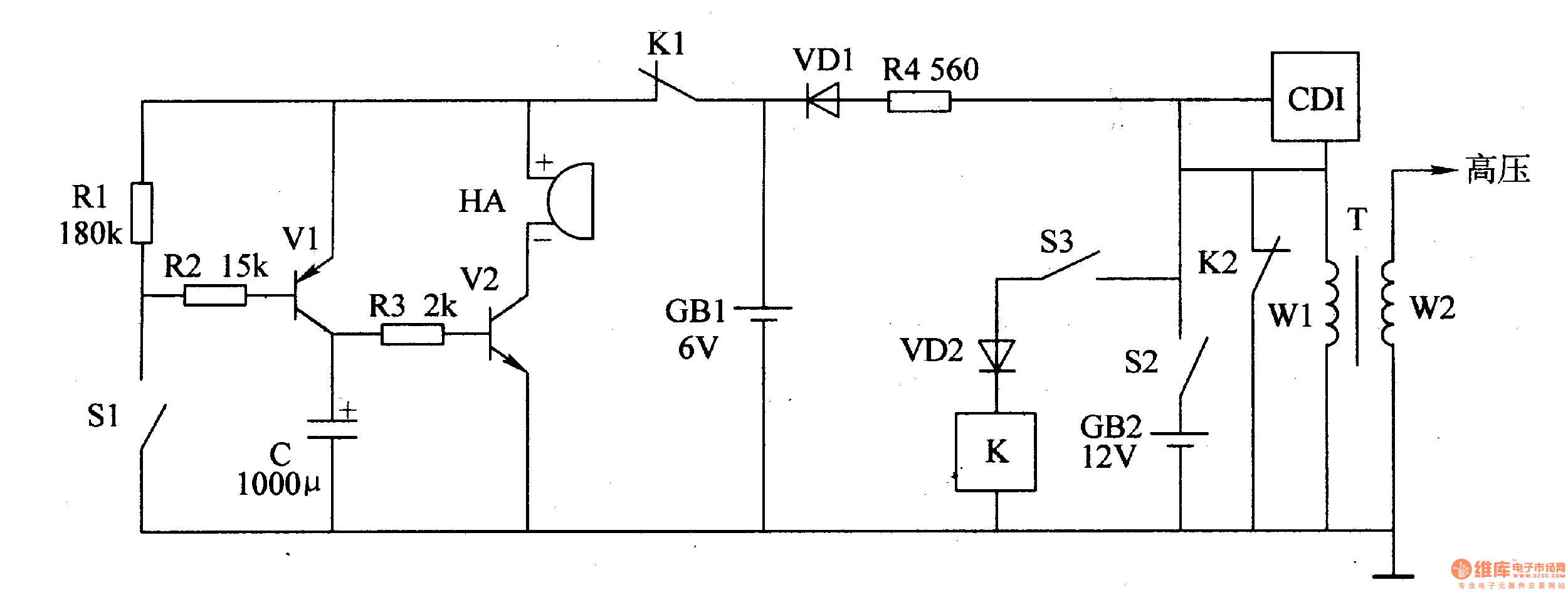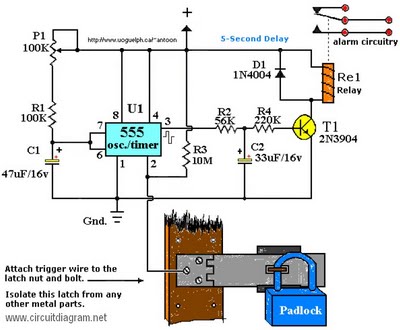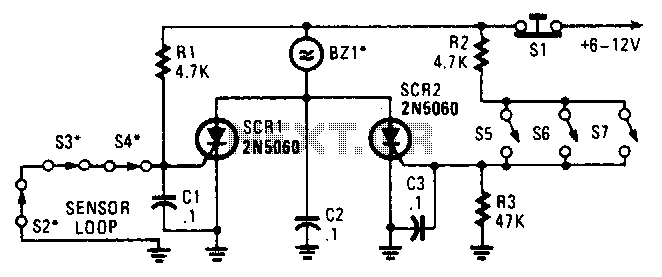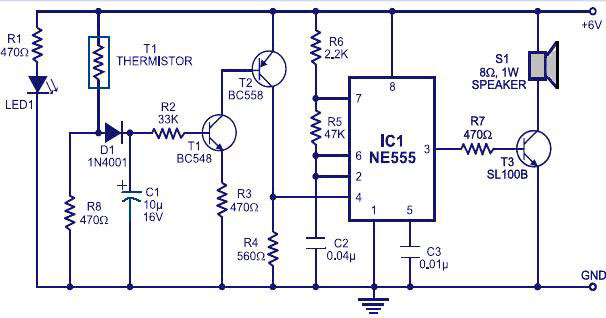
PC Watcher | Turn On and youll hear the Alarm
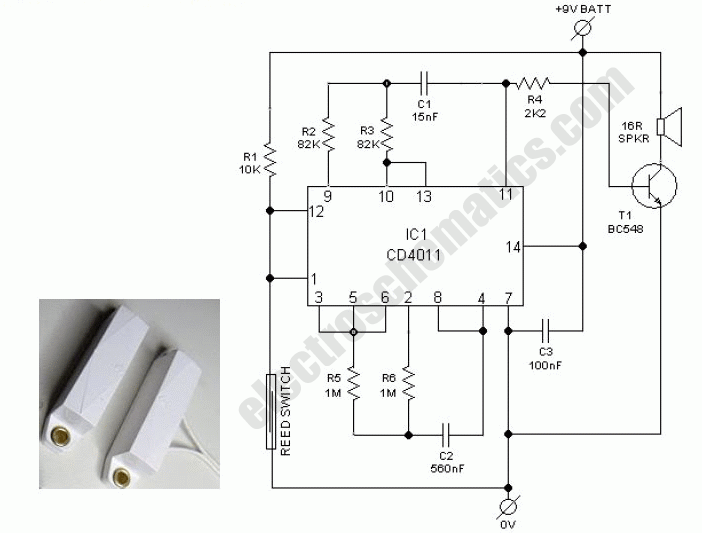
This PC Watcher circuit is designed to prevent unauthorized access to personal computers. After being constructed on a small piece of veroboard, it can effectively enhance security.
The PC Watcher circuit operates by monitoring the status of the computer and detecting any unauthorized attempts to access it. The circuit typically includes a microcontroller, which serves as the central processing unit, and various sensors or inputs that can detect physical access or intrusion attempts.
The components may include a motion sensor, a door contact switch, or a keypad that requires a code for access. When unauthorized access is detected, the microcontroller can trigger an alarm or send a notification, providing an immediate response to potential security breaches.
Power supply requirements for the circuit are usually modest, allowing it to be powered through the computer's USB port or a dedicated power adapter. The circuit can be compactly designed to fit within the confines of a small enclosure, making it suitable for integration into existing computer setups without occupying much space.
For installation, the circuit can be connected to the computer's case or positioned near entry points to the workspace. The veroboard layout should be organized to minimize interference and ensure reliable connections between components. Proper soldering and secure mounting of components on the veroboard are crucial to maintain the integrity and functionality of the circuit.
Overall, the PC Watcher circuit is an effective solution for individuals seeking to enhance their computer security by providing a simple yet effective means of monitoring unauthorized access attempts.This little PC Watcher circuit will help you to prevent unauthorised access to your personal computer. After construction on a small piece of veroborad, en.. 🔗 External reference
The PC Watcher circuit operates by monitoring the status of the computer and detecting any unauthorized attempts to access it. The circuit typically includes a microcontroller, which serves as the central processing unit, and various sensors or inputs that can detect physical access or intrusion attempts.
The components may include a motion sensor, a door contact switch, or a keypad that requires a code for access. When unauthorized access is detected, the microcontroller can trigger an alarm or send a notification, providing an immediate response to potential security breaches.
Power supply requirements for the circuit are usually modest, allowing it to be powered through the computer's USB port or a dedicated power adapter. The circuit can be compactly designed to fit within the confines of a small enclosure, making it suitable for integration into existing computer setups without occupying much space.
For installation, the circuit can be connected to the computer's case or positioned near entry points to the workspace. The veroboard layout should be organized to minimize interference and ensure reliable connections between components. Proper soldering and secure mounting of components on the veroboard are crucial to maintain the integrity and functionality of the circuit.
Overall, the PC Watcher circuit is an effective solution for individuals seeking to enhance their computer security by providing a simple yet effective means of monitoring unauthorized access attempts.This little PC Watcher circuit will help you to prevent unauthorised access to your personal computer. After construction on a small piece of veroborad, en.. 🔗 External reference
